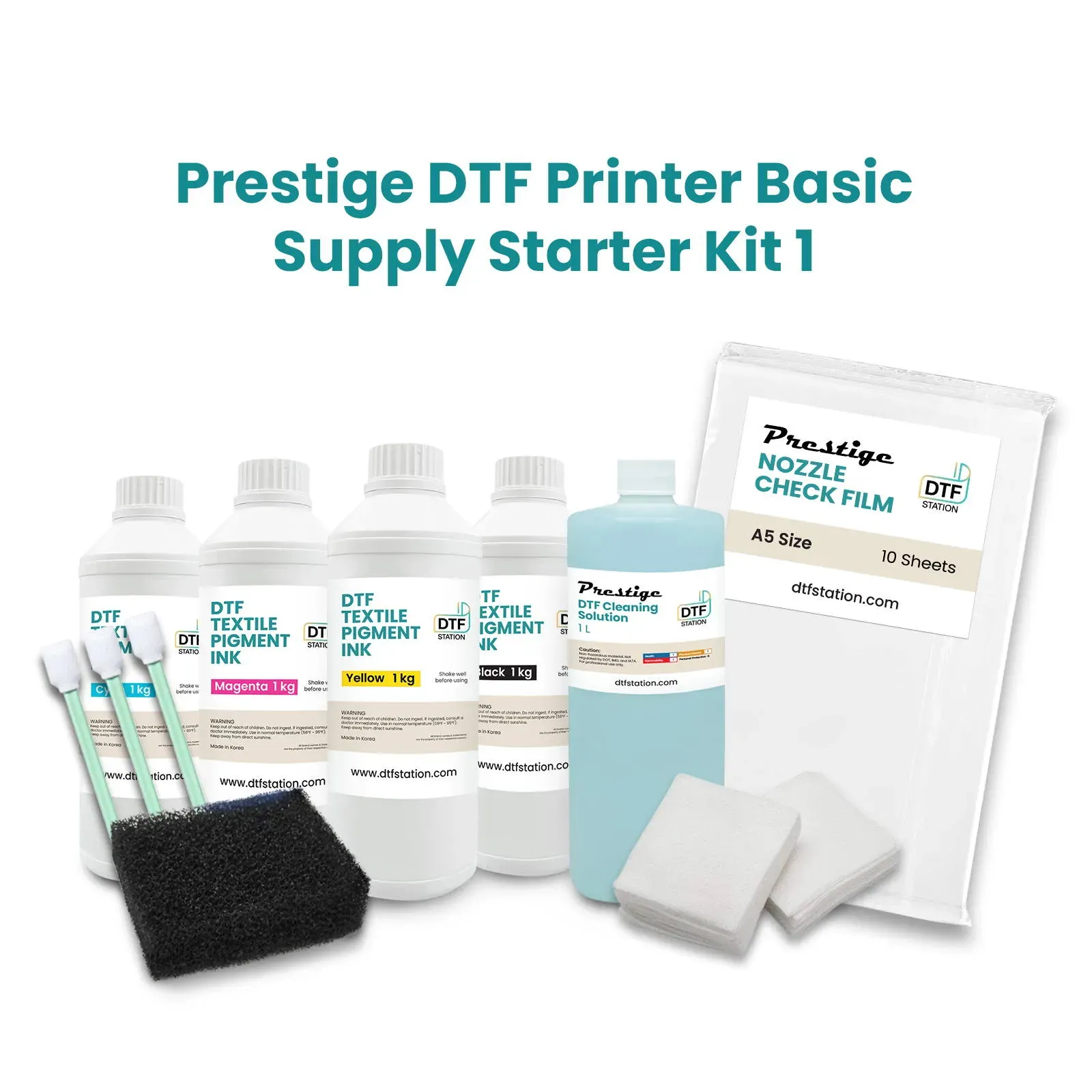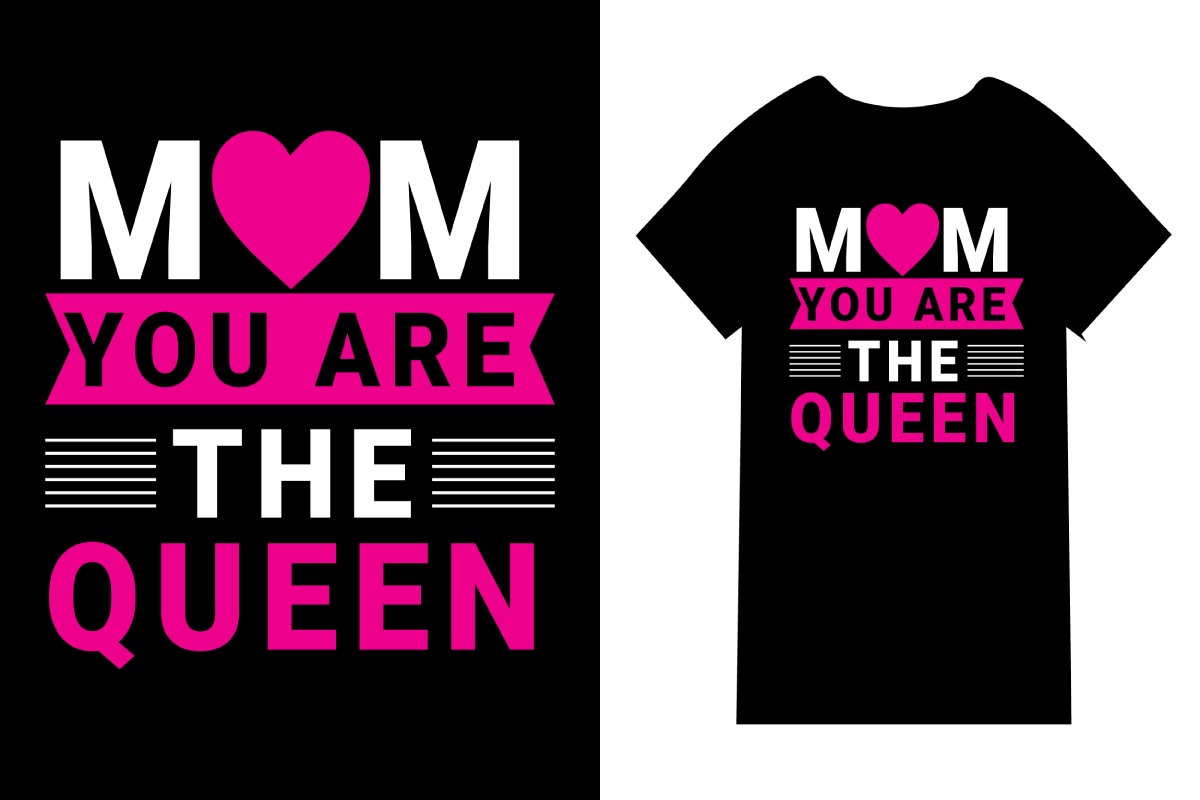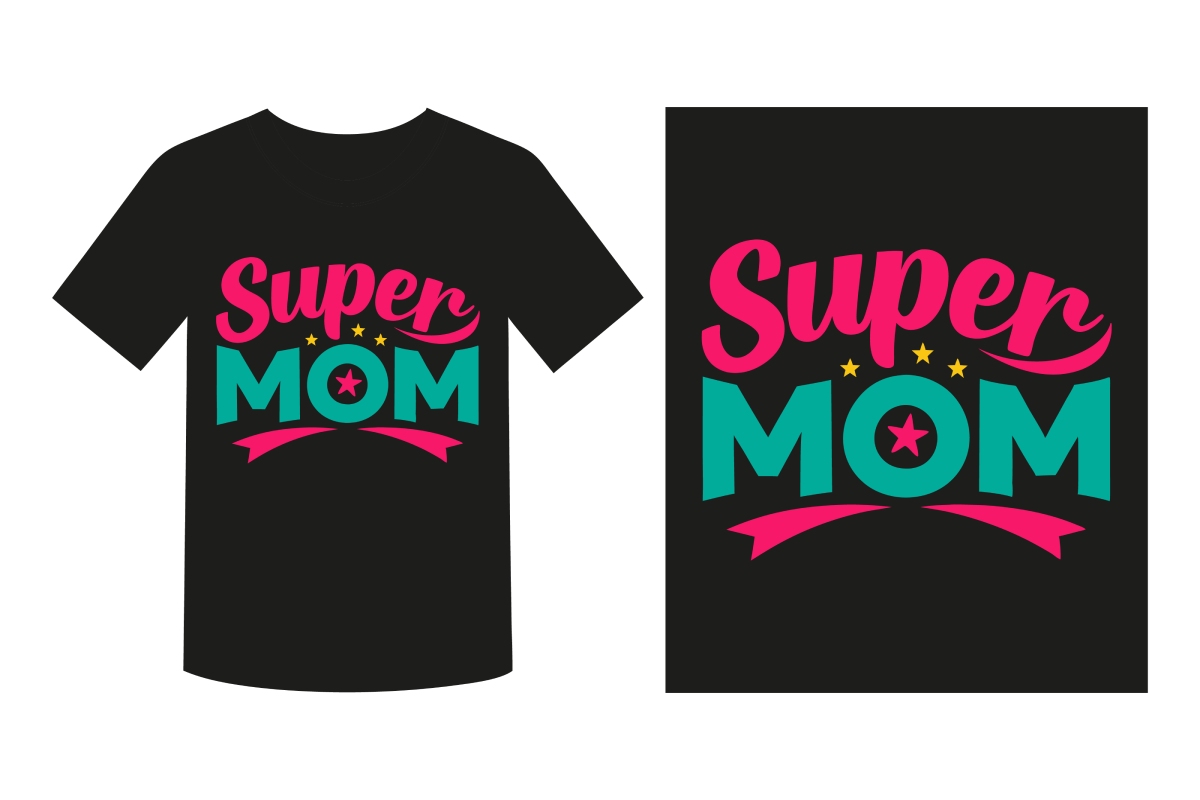DTF Supplies play a crucial role in the innovative realm of Direct-to-Film printing, which is rapidly transforming the landscape of customized apparel. This cutting-edge technique allows for striking, high-quality prints that stand the test of time, making it an appealing option for businesses eager to offer personalized products. To ensure top-notch results, it’s essential to understand the various supplies required, including DTF printers, DTF transfer films, and specialized DTF inks. Additionally, using the right adhesive powder for DTF can significantly enhance the adherence and durability of your prints. In this guide, we’ll explore everything you need to know about DTF supplies, empowering you to embark on a successful printing journey.
In the dynamic world of textile printing, the term Direct-to-Film (DTF) represents a pivotal advancement in how designs are applied to fabrics. This method entails using specific printers, films, and inks tailored for excellent print quality and longevity. Understanding the components needed, such as transfer films and adhesive powders, can greatly influence the efficiency and results of the printing process. Whether you are a small business owner or a fashion designer, grasping the essentials of these materials will enable you to produce vibrant and sustainable custom apparel. With the ongoing evolution in printing technology, venturing into this field opens a myriad of opportunities for creativity and innovation.
Understanding the Importance of DTF Printing
Direct-to-Film (DTF) printing has transformed the custom apparel industry, offering creators a unique method to bring their designs to life. This process caters to diverse textile needs, enabling businesses to meet varying consumer preferences without sacrificing print quality. Unlike traditional printing methods, DTF printing allows for high-resolution prints that capture intricate details, making it a top pick among entrepreneurs looking to make a mark in a competitive market.
The versatility of DTF printing extends beyond just fabric types; it also accommodates an array of colors and intricate designs, all thanks to specialized DTF inks. This technology not only supports vibrant colors but also ensures that prints remain durable, resisting common issues such as fading and cracking. In this dynamic landscape, understanding the full scope of DTF printing is key to establishing a successful custom apparel business.
Frequently Asked Questions
What are the main supplies needed for Direct-to-Film printing?
To successfully engage in Direct-to-Film (DTF) printing, you’ll need several key supplies: a DTF printer, DTF transfer film, DTF inks, adhesive powder for DTF, and a heat press machine. Each of these components plays a critical role in ensuring the quality and durability of printed designs.
How do I choose the best DTF printer for my needs?
When selecting a DTF printer, consider its print quality, speed, and compatibility with DTF inks and films. Research different models and choose one that matches your production volume and business requirements to achieve optimal results.
What types of fabrics can I use with DTF transfer films?
DTF transfer films can be applied to a wide variety of fabrics, including cotton, polyester, blends, and even some synthetic materials. This versatility makes them an excellent choice for customized apparel across different fabric types.
How does adhesive powder for DTF work in the printing process?
Adhesive powder for DTF is sprinkled onto the printed design on the transfer film before heat pressing. This powder helps bond the ink to the fabric during the transfer process, ensuring that designs adhere properly and remain intact through washing and wear.
What benefits do DTF inks provide over other printing methods?
DTF inks are specially formulated for vibrancy and durability, offering high-quality prints that are less likely to fade or crack. Compared to other printing methods, DTF inks allow for greater design detail and are compatible with various fabrics, making them a popular choice for custom prints.
Is DTF printing environmentally friendly?
DTF printing can be more environmentally friendly than traditional methods, especially if you choose eco-friendly DTF inks and recyclable transfer films. As the industry shifts toward sustainability, look for suppliers offering greener options to minimize your printing operation’s environmental impact.
| Key Point | Description |
|---|---|
| DTF Printing Definition | A method of printing designs on film that are heat transferred to fabric, offering vivid colors and durability. |
| Quality of Prints | Provides long-lasting prints that resist fading and cracking, making it ideal for custom apparel. |
| Material Versatility | Can be used on a variety of fabrics like cotton and polyester, expanding product options. |
| Cost-Effectiveness | Generally offers a lower initial investment than screen printing, making it accessible for startups. |
| Essential Supplies | Key necessities include DTF printers, transfer films, DTF inks, adhesive powder, and heat presses. |
| Market Trends | Rising trends include on-demand printing and a shift towards eco-friendly materials and practices in printing. |
Summary
DTF Supplies are pivotal to anyone venturing into the realm of DTF printing. Understanding and sourcing the appropriate materials and equipment—such as specialized printers, transfer films, high-quality inks, and effective heat presses—creates a strong foundation for success in this innovative printing method. As the market continues to grow and demand for customized products rises, businesses must prioritize high-quality DTF supplies to stand out. By remaining informed about the latest trends, such as sustainability in printing materials, and investing in the right tools, you can unlock vast opportunities in the vibrant world of custom apparel.



